The Thrill Of The Hunt
One of the darlings of Wall Street over the past few years has been Costco (COST-Nasdaq), a membership warehouse club. But it’s not only the financial gurus who have become enraptured with the growth and bottom-line success of this company; its customers are almost religious about singing Costco’s praises. This adoration and respect has been earned by Costco’s almost fanatical focus on its shoppers… who they are, what they purchase, when they purchase and maintaining a relevancy to their needs.
Shopping Around
While I personally dislike shopping per se, I am passionate about going into retailers and studying what they do, how they do it and how they connect with their customers. And I have a field day when I visit Costco. No, it’s not because of the concrete floors and warehouse merchandising racks; this is a low-cost, bare bones, low-ambience, shopping experience. It’s functional almost to a fault. And, no, it’s not because of the way the product is merchandised; its format is cut cases and pallet displays, supported with simple paper product descriptor and price point signs… no glitz here. And it’s not the humongous product sizes or multi-packs that are the mainstay of its assortment; my kids know where I’ve been when they see the industrial-sized bottle of ketchup (that takes two men and a boy to lift) on the picnic table. Costco caters to small businesses as well as average consumers, so this large product size strategy makes good sense for them. Besides, this helps drive up their average transaction value, so they have higher cashier productivity. And it’s not because of the expertise of their sales staff; they have no one on the sales floor at all. And it’s not because of the breadth of their assortments; they don’t believe in the good/better/best philosophy of retailing.
Their offerings are a combination of national brands and Costco’s own private label. They focus not on offering a multitude of choices but on tremendous value for the limited assortment they do provide. There are a lot of businesses and categories they are not in on a day-to-day basis, but those that they do support, they support very well with inventory and bulk displays (note that Costco has limited/no backrooms… everything that comes in the back door has to go onto the sales floor, so inventory management and product flow is crucial to their success). And the items that they feel very strongly about and are seasonably appropriate are bulked up at the front entrance as you walk into the store with an empty cart… very smart thinking on their part.
And the kicker is that you have to pay a $45-plus annual membership fee to partake in this shopping experience!
With the large-size packaging and limited assortments, some might surmise that it’s a bulk up and stock up shopping experience, with customers going there infrequently, maybe quarterly or just a few times a year because it takes a while to use up or run out of the products you buy, at least for the average consumer. But I find myself going there a few times each month, not because I need to, but because I want to.
The Thrill, The Hunt
What draws me there is the thrill of the hunt, something that Costco has very consciously built into its merchandising and marketing strategy. Costco is the master of bringing in new and different, and sometimes extremely unusual and unexpected, items or categories for a very limited time period.
On a recent visit, they had baby grand pianos that retailed for $8,000-10,000. Other times, it was Waterford glassware, mattresses, bedroom furniture, a diamond jewelry extravaganza or a limited assortment of high-price/high-feature stainless steel outdoor grills. And live goods are part of this strategy, too. Using rolling carts lined up end to end in the main aisle, they routinely feature orchids and dish gardens, Easter lilies and poinsettias, container gardens and Endless Summer hydrangeas… all in very large container sizes at incredible value prices and only available for maybe a weekend… and then they are gone forever.
These aren’t advertised; if you aren’t in the store when they happen to be presented, you miss the opportunity to buy them. These aren’t planned consumer purchases; it’s all impulse sales because you never know what you’ll find. It’s all part of Costco’s strategy to keep their customer shopping frequency high. They don’t need to invest in advertising because they’ve effectively trained and conditioned their customers to participate in the thrill of the hunt. And while they’re hunting, it’s highly likely that they’ll put some other stuff in the cart from their basic assortments, too.
Lessons
There are some lessons that L&G retailers and their suppliers can learn from the Costco business model.
One of the major challenges an independent garden center (IGC) has is to populate the store, bringing their customers back in with frequency. We’ve conditioned the customers to come in at the beginning of each season, usually drawn in with some kind of sale, and hope they come back during the course of the season for information and for fill-in or maintenance/control items. While your customer might not know exactly what they want to purchase, they are coming to you as a destination location to help them provide the solution, and this is a very good thing… but it doesn’t help with the frequency challenge. Might there be an opportunity to create a “thrill of the hunt,” an expect-the-unexpected mindset with your customer? To develop a mix of impulse and considered purchase sales? Maybe it’s partnering with your grower on a special crop that’s not part of your regular assortments. Initially you might have to advertise it as a limited edition special purchase, but if you do this often enough, your consumer message becomes “expect the unexpected.” But as you re-train your customers’ expectations, your dependence on advertising will lessen.
Maybe it’s partnering with your L&G distributor to bring in some categories that you normally don’t stock for a weekend or two. Do this frequently enough and you’ll start whetting your customers’ appetites for the thrill of the hunt. The investment/risk ratio doesn’t have to be high to accomplish this goal. The quantities can be limited because they’ll only be available for a short time. And if you run out early… that’s a good thing, as the customer who missed the chase will know to be back more frequently so he doesn’t miss out on the opportunity again. Costco does very little general advertising (but does send periodic mailings to their club members). Why? Because their customers are zealots… passionate enthusiasts of the thrill of the hunt. And these zealots are their best advertising tool because they become missionaries to convert others to this experience.
I’m not suggesting that you stop advertising by any means. But what can you do to create the thrill of the hunt mentality with your customers and make them your missionaries?
This is the fun part of merchandising, when the creative juices can flow. When you catch your breath from this spring season, put together a supplier/retailer team and let the ideas percolate. Think of all of the possibilities, and have some fun with it. It’s all about the hunt… and the chase.





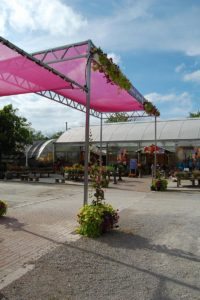
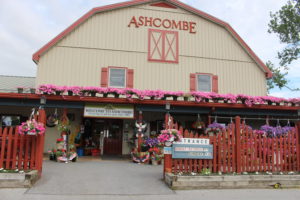
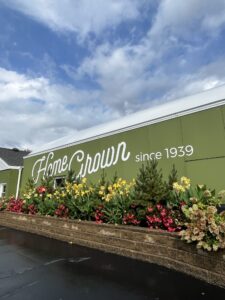

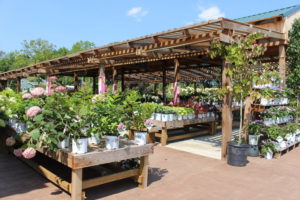
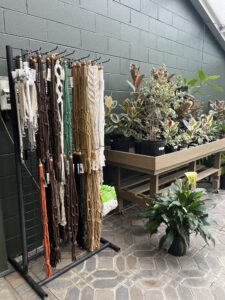
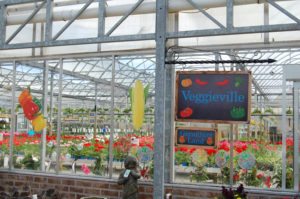
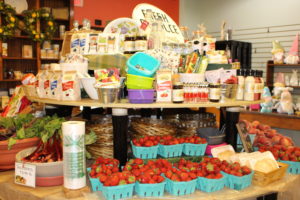
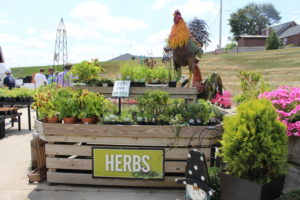

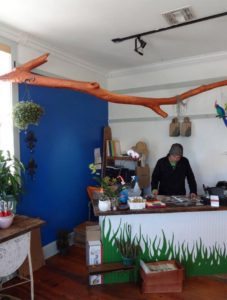
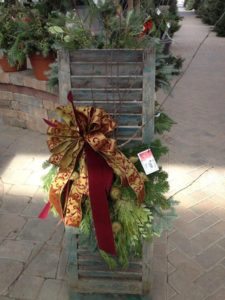
 Videos
Videos





